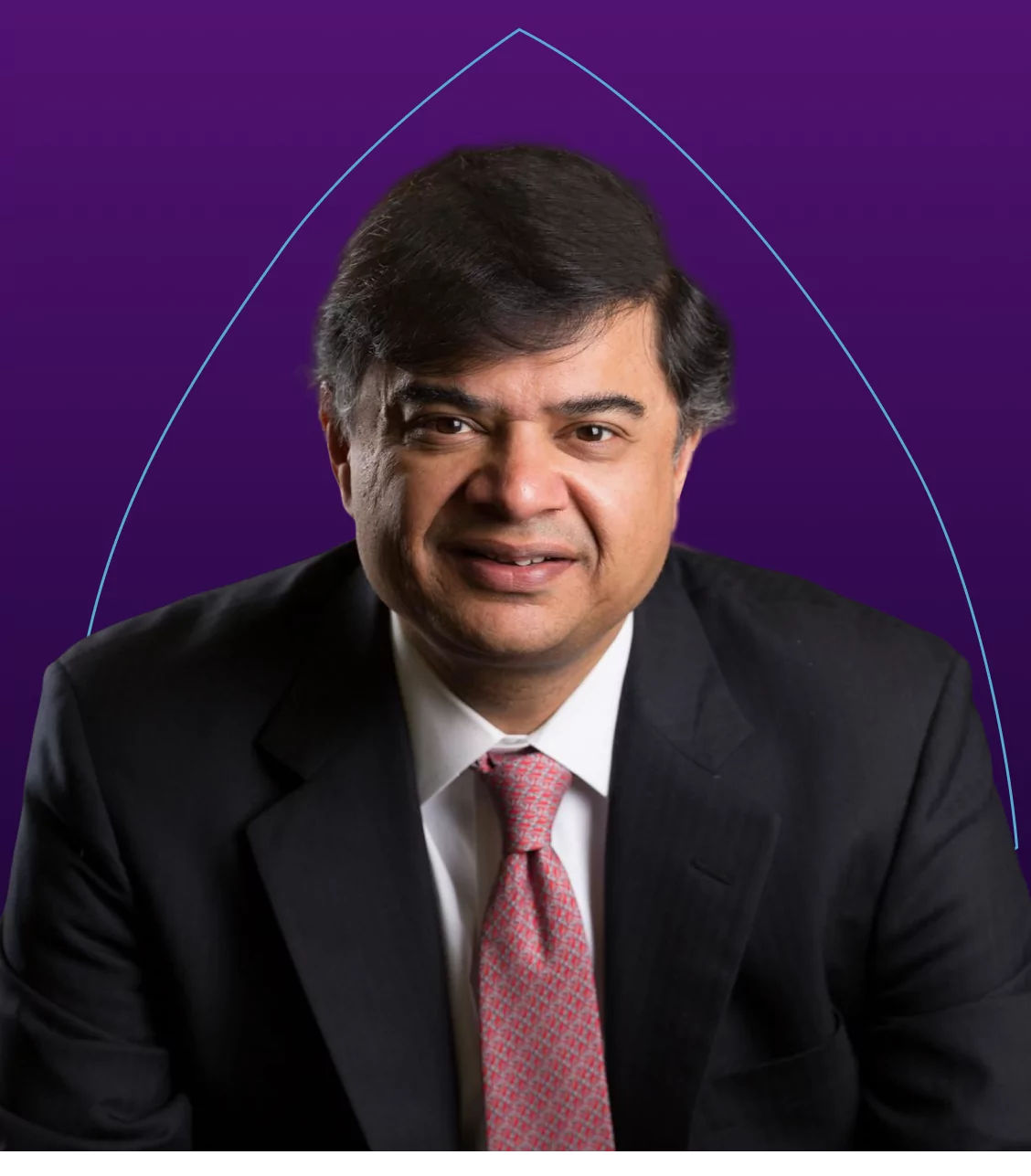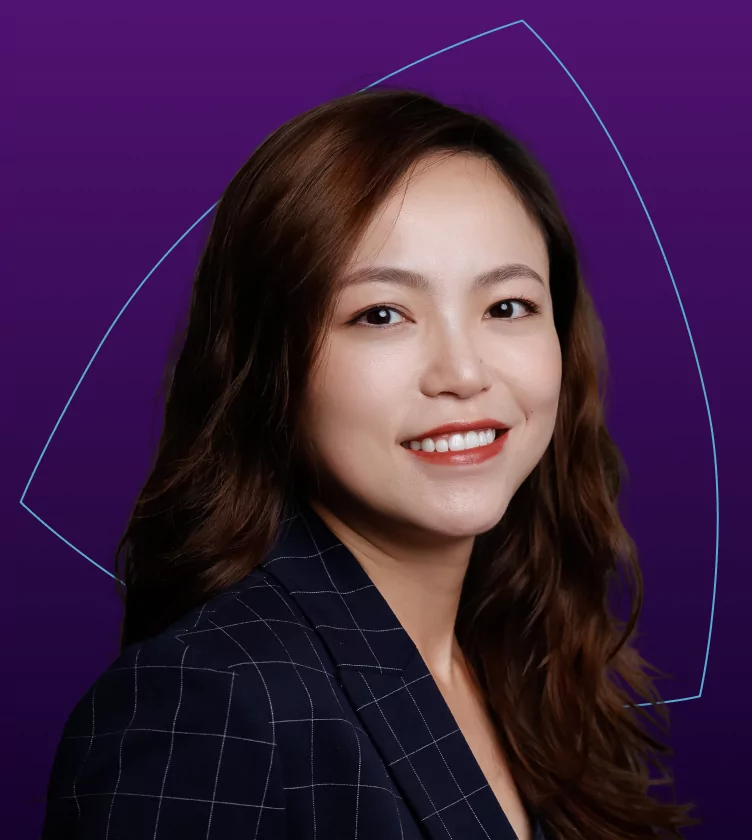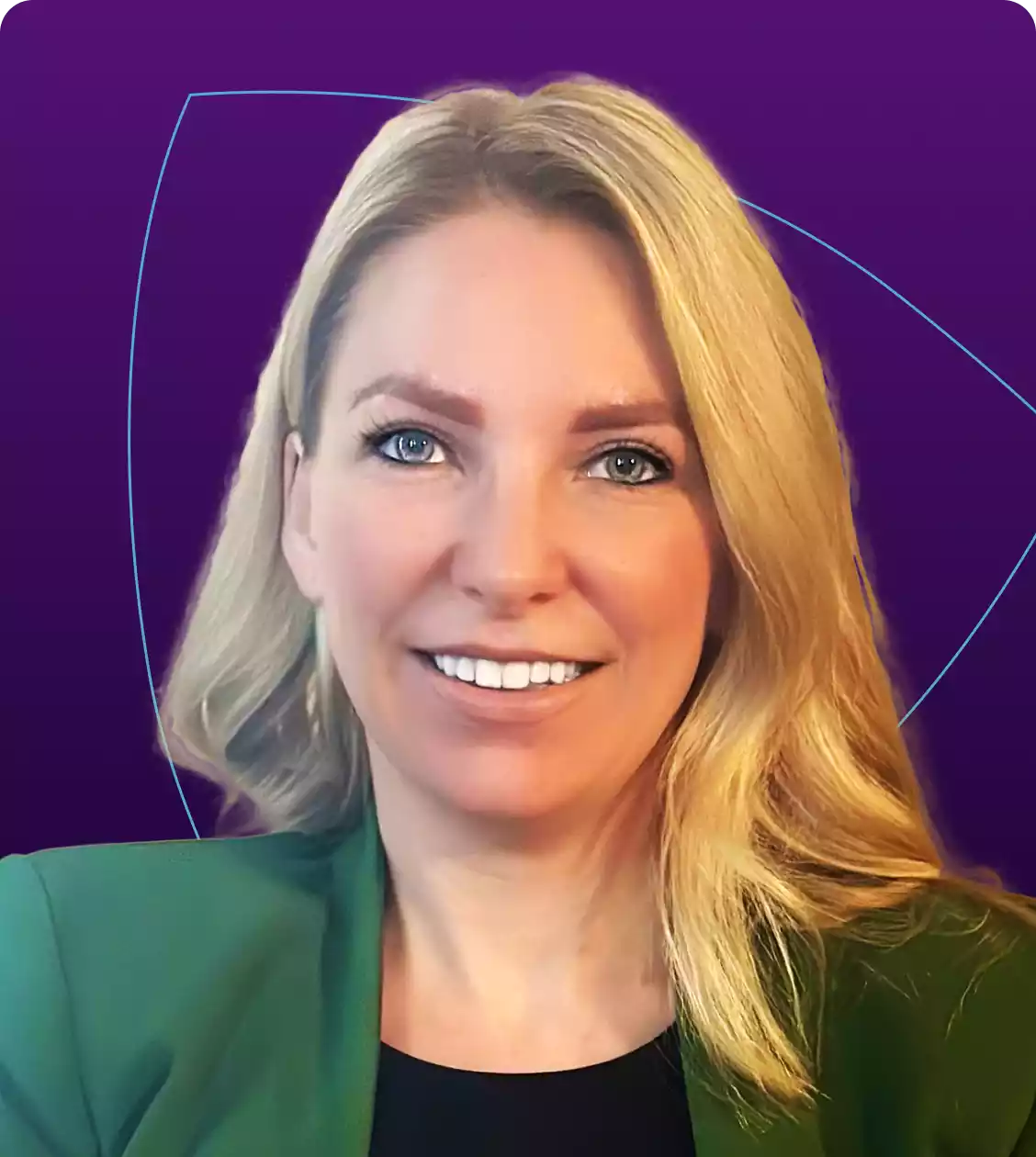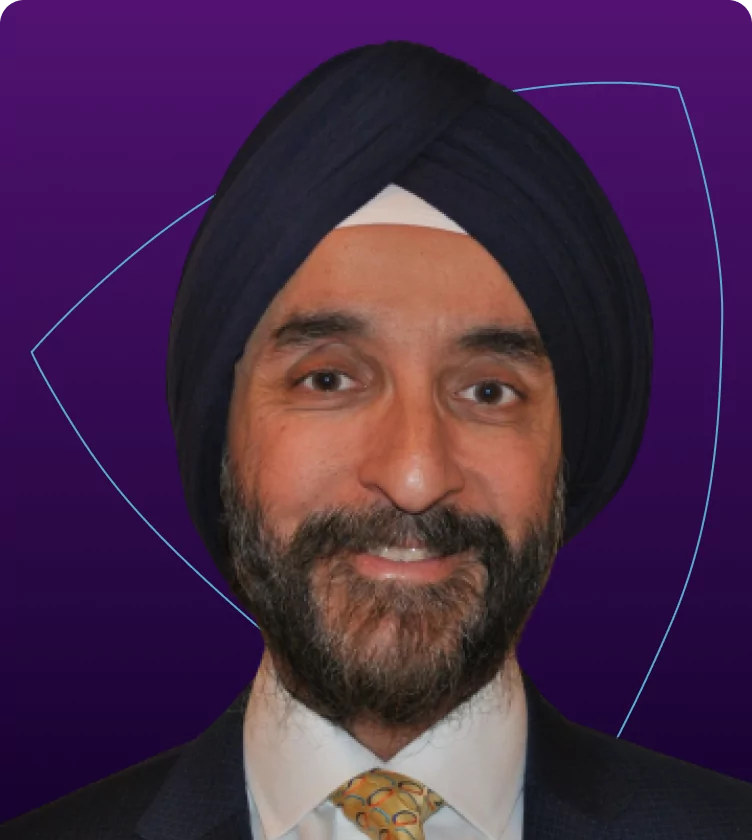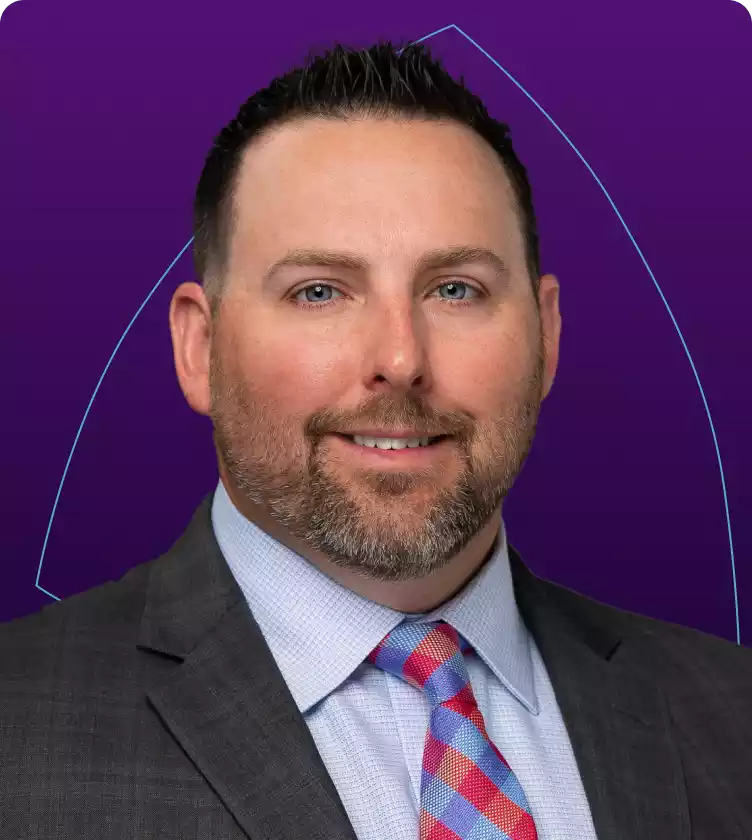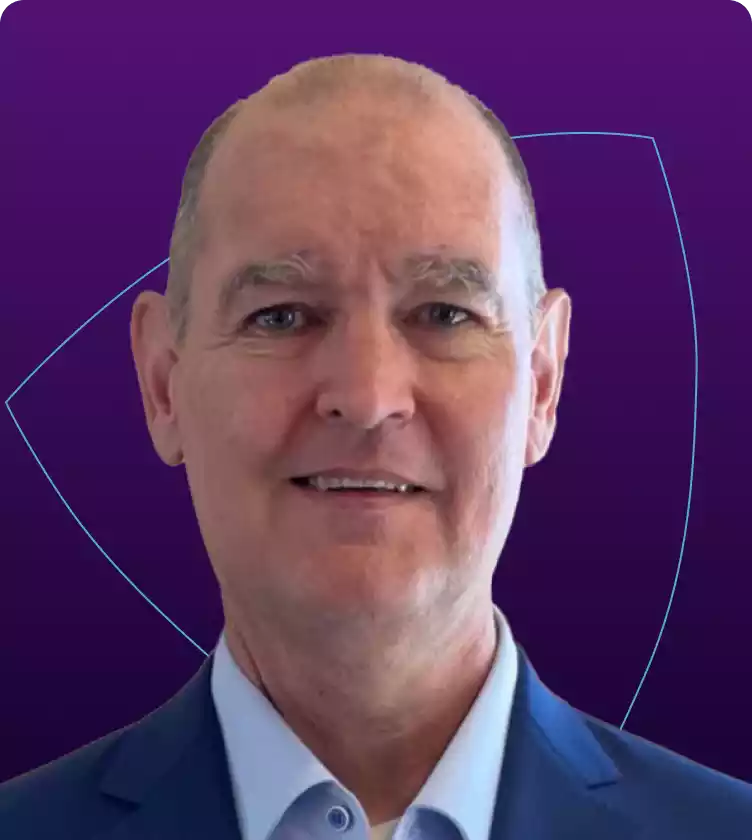Meet Ning Yan, Director of Product Management at Zyter|TruCare. She’s an innovative product designer, a clever communicator, and a relentless optimist dedicated to enhancing human-computer interaction in healthcare.

At Zyter|TruCare, Ning develops some of our most important technology, specializing in human-centered design for healthcare. She also plays an integral role behind the scenes in the theory of how we make products. Her customer-centric vision is the unifying force that helps connect the interlocking pieces of product design and engineering. Drawing on deep scholastic and world experiences, Ning applies design principles to strengthen customer interfaces for clinical staff and patients and create long-term solutions that help solve healthcare’s greatest challenges.
From Coding to Leading: Ning’s Path to Zyter|TruCare
Ning’s introduction to User Experience Design (UCD) and Human-Computer Interaction (HCI) was a turning point in her life. It gave her a newfound passion you can say was formed at first (web)site. These fields, a complex integration of various disciplines, intrigued her instantaneously.
With a B.S. in Digital Media Technology from the Communication University of China in 2014, Ning explored the intersection of psychology and web development. “Understanding reactions and interactions with the interface is fascinating. There are methodologies to trace actions and understand how design and interaction interconnect. The possibilities expand with each piece of new technology,” Ning explains.
Inspired to expand her knowledge, she embraced the opportunity to earn her M.S. degree in Human-Computer Interaction from 2014 to 2016 from the Georgia Institute of Technology in Atlanta, GA.
With her relentless commitment and detail-oriented approach, Ning moved to San Francisco to join Vlocity. This burgeoning company positioned itself as a leading provider of industry-specific cloud and mobile software by 2018.
Joining as the first UX designer in the company, Ning integrated her multifaceted skills to design diverse cloud solutions for companies in multiple sectors. In 2018, Ning progressed to Senior UX Designer, leading design sessions and delivering intricate designs for international customer implementations. Ning’s pathway to success continued as she became the UX Architect in 2019 and played an instrumental role after Vlocity’s acquisition by Salesforce the next year. At Salesforce, Ning used her design skills when she became a full-time Product Manager for some of their most important product features focused on the health insurance space.
Nearly a decade after her schooling, Ning’s fascination still lies in understanding humans. “Learning about humans is learning about oneself. It can’t help but be a compelling topic. It’s essential to eliminate designer bias and fully understand the user,” Ning shares. This inner challenge and her sense of adventure brought Ning to her next chapter at Zyter|TruCare. Here, she joins our amazing Product Management and Design Team as a Director, overseeing a large part of our product and continuing her quest to harmonize technology and human interaction in new and exciting ways.
Mindfulness In the Workplace
Ning, recognized for her ingenuity and resilience, desired to deepen her problem-solving abilities and, thus, embarked on a journey to explore and imbibe mindfulness. This exploration provided her with a wealth of approaches that proved instrumental in navigating the novel challenges the pandemic presented within healthcare and beyond.
Reflecting on the impact of mindfulness, Ning shares, “One of the main concepts of mindfulness is to focus on what you can control so you can develop your sense of agency, and that will minimize a lot of anxiety or worry that you might have over the things you cannot control. Because if you hold on to the things you cannot control and worry about them, it’s not going to help. To develop that sense of agency was the key to success for me, especially considering how unpredictable the COVID virus was.”
The integration of mindfulness enabled Ning to cultivate a heightened sense of support and awareness, which was transformative on a personal and professional level. When dealing with tight timelines, it led her to engage in reflective inquiries such as, “What’s in your control? What’s not in your control?”. It assisted in establishing priorities and addressing pertinent issues effectively.
As Ning points out, “When you are looking through the eyes of a product manager during collaboration, what’s in your control is to do your solid research and understand the market, to understand the user, and do your customer interviews. But what’s not in your control is how the adoption of the product goes. You can only contribute to the quality of the product, but not how the market reacts or how other people will think of it.”
For Ning, mindfulness and holistic awareness act as aids in visualizing the broader perspective of projects. “Hyper focusing on a specific task can make you miss out on the rest of the horizon,” she notes. “But applying awareness of what’s truly in my control can allow me to zoom in and zoom out really well and keep my thinking flexible while working on challenging projects.”
This balanced and mindful approach has been pivotal for Ning, providing a structured pathway to maneuver through intricate projects while maintaining a clear and broad perspective.
Design, Diligence, and Delivering
Ning perceives a ubiquitous need for design, a perception not driven by a desire to rectify but rather by an optimistic vantage point.
Ning explains the origins of her perspective: “My parents were always so positive, encouraging, and grateful. They always told me, ‘There are always more solutions than problems. (方法总比困难多.)” This sentiment, paralleling the adage “Where there’s a will, there’s a way,” has resonated with Ning throughout her life, enabling her to discern the potential within every challenge.
Integral to envisioning solutions is the pursuit of meaningful inquiries. In her quest for “pixel-perfect design,” Ning seeks substantive responses, propelling her to pose essential questions to her clients: “What is the user’s life like? What is work like for them? How do I make an interface for what they are doing? What is their reality? Why do we need design here? What should we be solving?” This combination of curiosity and positivity empowers her to devise more intuitive designs, addressing clients’ unarticulated needs and enhancing user interactions with interfaces.
Ning’s approach, characterized by meticulous questioning and a positive outlook, is not about uncovering problems but about revealing opportunities for joy and efficiency in interaction through thoughtful design to transform the human experience.
New Directions for a New Director
Stepping into her inaugural role in people management, Ning is harnessing her strengths: delivering succinct communication and posing insightful questions.
Reflecting on her approach, Ning reveals, “I learned a lot from my previous managers, good and bad. I approach this role from an equal position, as my team is as seasoned as me. So, my attitude is one of assistance. I’m here to be their support.”
Ning’s approach is not to command but to contribute. “I’m sure there are places I can help. It’s not about coming in and acting as the sole voice. I can help influence by sharing what I know and respecting their work and vision. I trust their ability and capacity to understand my points of view as well,” she explains. “I come with a lot of respect and a mindset that I’m here to support. Even if sometimes I might not have the answer, I can try to find it from those who do.”
Ning’s management philosophy revolves around mutual respect, a willingness to learn, and a commitment to support, laying a foundation for collaborative and equitable leadership.
Representation and Breaking the Bamboo Ceiling
Ning’s initial leadership call with Zyter|TruCare was a moment of elation. Immediately after, she texted a friend, “Half of the leadership are women! I can’t believe it.” Ning was thrilled to witness diversity in roles often steeped in gendered traditions, spanning product, customer service, sales, and engineering, and featuring representatives from various cultures globally.
Ning explains the significance of such diversity, stating, “For Asian and immigrant women, we call it the ‘bamboo ceiling’ as it represents multiple barriers we need to overcome, not just sexism.” The ‘Bamboo Ceiling’ is defined by the intersection of racism and xenophobia affecting Asian Americans and Asian Pacific Islanders (AAPI) in professional settings. A recent study revealed that 65% of AAPI managers consider this barrier a “moderate to serious problem in their careers.”
However, Ning found Zyter|TruCare’s leadership team to be exceptionally inclusive and welcoming. To navigate new environments effectively, Ning emphasizes the importance of mastering communication skills. She pinpoints cultural communication as one of the significant challenges AAPI immigrants’ encounters, stating, “Beyond language barriers, cultural references, idioms, and sayings need to be learned to truly engage.” She labels these as ‘language agnostic skills’ and considers them as crucial as vocabulary mastery. “Precision in tone and physical presentation skills are vital,” Ning adds. “Focusing solely on vocabulary and overlooking soft skills might lead to struggles.”
Recent research aligns with Ning’s experiences, highlighting how underlying cultural biases often hinder Asian Americans from ascending to leadership roles. Ning emphasizes the nuanced nature of this issue, stating, “It is a case-by-case scenario. Bigger corporations might resort to diversity hiring to fulfill a quota. However, equal hiring is intricate; recognition should be based on skills and not merely to fulfill company requirements.”
In her journey, Ning accentuates the power of diverse representation, the need to shatter professional barriers, and the importance of holistic communication skills, illustrating a path forward for a more inclusive and equitable professional landscape.
Crafting a Global User Experience
In 2019, Ning embarked on a groundbreaking project, shaping user experience for a client in Sao Paulo, Brazil, while coordinating with an implementation team in Italy. This venture underscored to Ning the world is getting smaller through technology – and we have to take into account a larger set of views.
“I had Portuguese requirements to translate into English,” Ning explains, “and I worked with my technical architect on the U.S. Team to clarify these requirements. In creating the product, I collaborated with the implementation team from Italy to validate the designs.”
She developed all wireframes and mockups in English, using a plugin in Sketch to translate everything into Portuguese. “When we presented my finished design, it was in Portuguese,” she remarks.
This endeavor marked Ning’s debut in influencing international audiences. “There’s no limit, no boundaries in the tech world,” she shares, feeling a profound sense of global unity, “This project emphasized how everyone, regardless of nationality or language, could participate in a unified language and foster a sense of community.”
The multifaceted project spanned several months, blending remote planning and designing with three in-person visits to Brazil to liaise with the client.
Reflecting on the journey, Ning concludes, “I was amazed by how tech and design were enabling it. It was a transformative experience and a highlight of my career.”
Don’t Limit Yourself to Where you can go Next
Ning’s advice to the aspirants in her field, especially younger women in UX, is profound and empowering. “Take things slow and let things unfold. A lot of things you can’t foresee,” she counsels. “Don’t limit yourself to where you can go next. Always keep learning and pay attention to all the small skills you will learn. Be a good communicator. Be clear.”
While reflecting on giving advice, she revisits a meaningful message from a Design Director she greatly respects: “You won’t always follow advice perfectly but set an expectation that you will make mistakes even if you’ve listened, taken notes, taken courses, you have to make your own mistakes anyways.” This insight resonates with her, underscoring the idea that learning from personal mistakes is integral and a pivotal part of the journey to mastery and self-improvement.











